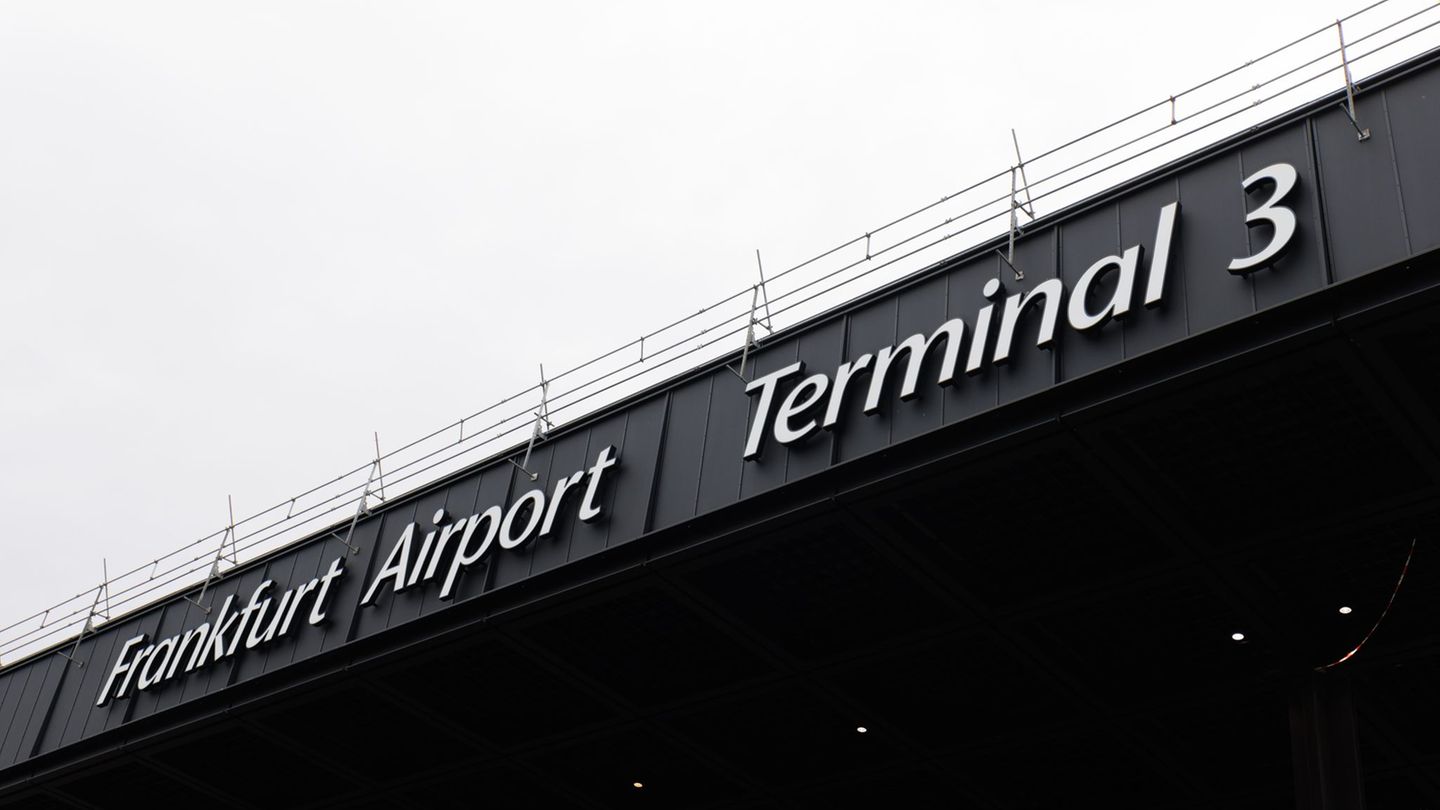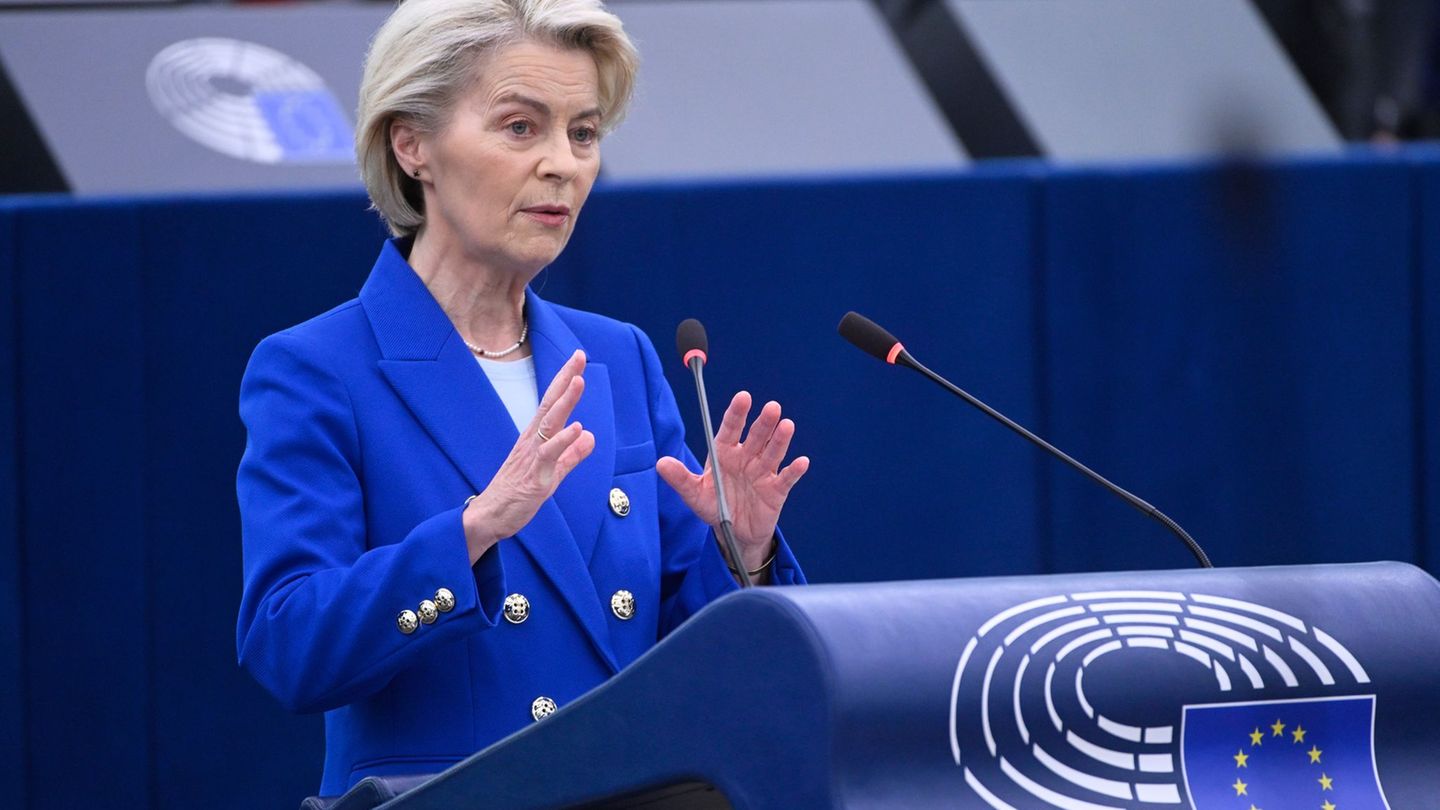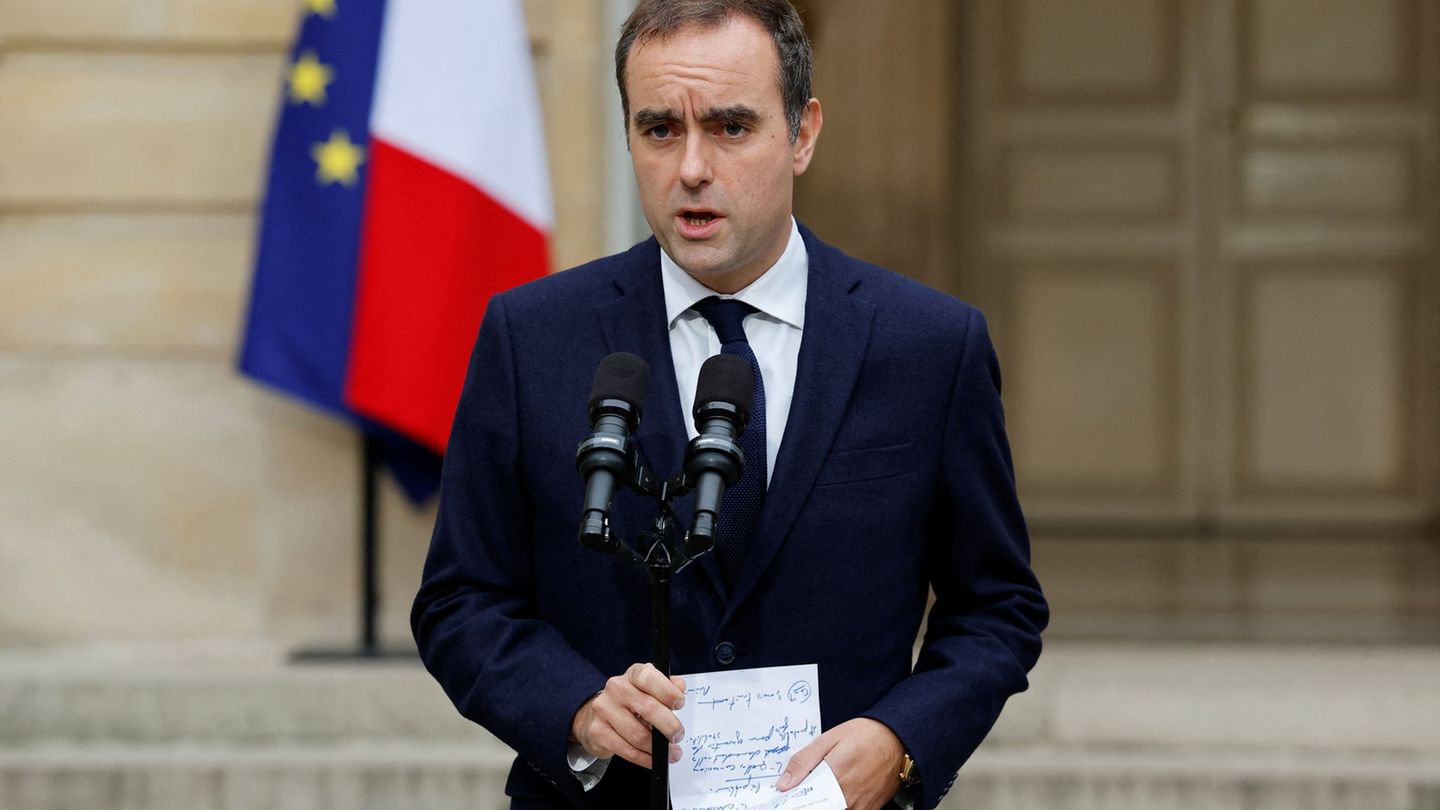He gold, Since time immemorial, he has represented a symbol of wealth, stability and economic power. Over the centuries, its role in international finances has evolved, adapting to changing global trade dynamics, economic crises and political transformations. Although its use as the basis of the international monetary system was officially interrupted in the twentieth century, gold has resurfaced in the 21st century as an increasingly relevant shelter asset against macroeconomic uncertainty, geopolitical volatility and the challenges of the current financial system.
The Gold Patron, as a formalized monetary system, had its starting point in the United Kingdom in the 19th century with the “Peel Banking Law” in 1844. Although gold had been used as a means of exchange and reserve of value of old civilizations such as Egypt and Rome, it was on that date when England became the first nation to officially adopt the gold pattern. Under this system, the sterling pound was backed by a fixed amount of gold, which meant that the Bank of England promised to convert bank bills into a fixed rate to a fixed rate. This absolute convertibility promoted monetary stability and confidence in the British currency, facilitating international trade and positioning London as the global financial center.
Among the main advantages of the gold standard in that period was the price stability, since the limited amount of gold restricted the emission of money, maintaining inflation under control. In addition, the system promoted international trade, since currencies backed by the same metal reduced exchange uncertainty between countries. He also imposed fiscal and monetary discipline to governments, who were limited in their ability to expand spending or finance deficits through monetary issuance. During the second half of the nineteenth century, other powers – as Germany, France, the United States and Japan – adopted similar systems, consolidating a relatively stable international financial system until the outbreak of World War I in 1914.
The classic gold pattern system suffered a significant breakup during World War I, when nations suspended convertibility to finance war expenses. Although it was tried to restore it in the interwar period, the great depression and the protectionist policies fragment the system. After World War II, at the Bretton Woods conference of 1944, a new international monetary regime was established. The classic gold pattern was abandoned to move on to a hybrid system known as dollar-ito pattern. In this context, the US dollar It became the international reference currency, backed by gold at a rate of $ 35 per Troy ounce. The other currencies maintained fixed exchange rates compared to the dollar, and only foreign central banks could turn dollars into gold, not citizens.
This system gave the United States a privileged position in the global economy, but also generated increasing tensions. During the 1950s and 1960s, military spending and US social programs increased fiscal and commercial deficits in the country. Simultaneously, Europe and Japan accumulated large amounts of dollars and began to demand their conversion into gold. The imbalance became unsustainable, and on August 15, 1971, President Richard Nixon announced the temporal suspension (which would later become definitive) of the convertibility of the dollar into gold. This event, known as the Nixon Shock, marked the formal end of the Bretton Woods system and the beginning of the floating exchange rate regime that persists until today.
During the decades after the end of the gold standard, the precious metal was mainly perceived as a value reserve in high inflation or crisis contexts. In the 70s, the ounce of gold fired from 35 USD to more than 800 USD in 1980, driven by stagflation, oil crises and distrust in the dollar. However, with the arrival of monetary stability in the 80s and 90s, thanks to the restrictive monetary policies of the Federal Reserve (led by Paul Volcker), gold lost relevance as a strategic asset. Global financial markets grew, real interest rates were positive and confidence in the dollar was restored.
Nevertheless, The 2008 financial crisis marked a turning point. Stimulus packages, rates policies close to zero and asset purchases by central banks reactivated interest in gold as coverage in the face of the depreciation of Fiat currencies. The period that begins in 2020 marks a new era for gold as an asset of refuge. Three key phenomena promoted their revaluation. First, the Covid-19 pandemic. The confinements and disruption of supply chains generated an unprecedented global economic shock. The central banks applied massive monetary stimuli, increasing the balances of the Federal Reserve, the European Central Bank and other issuers.
Secondly, from 2021, monetary and fiscal stimuli, combined with the recovery of post-pandemic demand and tensions in energy markets (accentuated by Russian invasion to Ukraine in 2022), triggered an inflationary acceleration. Gold, traditional coverage against the loss of purchasing power, was positioned again as a refuge in the face of the erosion of the value of Fiat money. Finally, the growing decoupling between the West and the emerging powers revived interest in gold reserves. Several countries began to reduce their dependence on the dollar in bilateral trade and accumulate gold as strategic support. According to data from the World Gold Council, in 2022 and 2023 there were gold record purchases by central banks – led by China, Turkey, India and Russia – that exceeded 1,000 tons per year.
Last April, the ounce played historical maximums reaching US $ 3,509, exceeding year -to -old growth in more than 40%. One of the facts that has caused the upward trend in recent months, is the Tariff War unleashed by Donald Trump, from his assumption as head of state on January 20.
Today, gold plays a multifaceted role. It acts as coverage against inflation and devaluation, since although the correlation is not perfect, it tends to preserve its value in contexts of loss of purchasing power. It is also a shelter against geopolitical uncertainty. It is also used as a reserves diversification tool, since emerging central banks use it to reduce exposure to the dollar. Finally, it is protection against systemic risks. In a scenario of high global debt, exceeding US $ 100 billion according to the Organization for Economic Cooperation and Development- OCD-, gold is perceived as coverage before an eventual financial crisis.
The trajectory of the gold pattern and its evolution towards active modern refuge reflects the constant search for stability in an economic world in permanent change. Since its adoption for England in the nineteenth century, its role in Bretton Woods, its abandonment in the 70s and its renewed prominence today, gold continues to occupy a central place in global financial architecture. As the international monetary system faces challenges such as persistent inflation, geopolitical fragmentation and the questioning of the leadership of the dollar, it is likely that the demand for gold will continue to grow, both between investors and between central banks. Without constituting a return to the classic gold pattern, its function as a strategic asset and value reserve seems more in force than ever.
Source: Ambito
David William is a talented author who has made a name for himself in the world of writing. He is a professional author who writes on a wide range of topics, from general interest to opinion news. David is currently working as a writer at 24 hours worlds where he brings his unique perspective and in-depth research to his articles, making them both informative and engaging.




